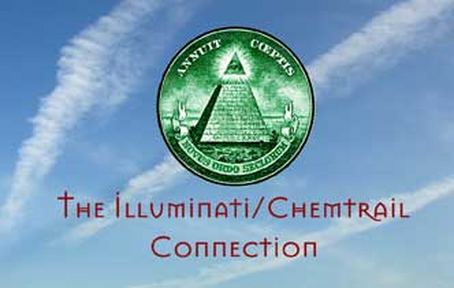BravoHotel
Well-Known Member
Is there a fuel expert here on JC? I have tried to engage several pilots about technical specifications of fuel and I have really haven't found the answer I am looking for. Here at Wake we have JP-5. What is the civilian equivalent, Jet-A? I know most of the military uses JP-8. Is the civilian equivalent Jet-A1? I heard in a conversation tonight about Jet-A1+.?
Anti icing additives: Do either JP5 or JP8 have anti icing additives? (Such as prist? ) I know Jet-A does not come with Prist. It has to be pre-mixed in the fuel, or added during pumping process. Does Jet-A1 have anti icing additives in it?
Does anyone know a good resource about bio-jet fuel? I know the Air Force has experimented with it but I can't seem to find much data.
100LL, I have read in various flying publications there is replacement trying to be developed, Any one know of any sources of open information?
Anti icing additives: Do either JP5 or JP8 have anti icing additives? (Such as prist? ) I know Jet-A does not come with Prist. It has to be pre-mixed in the fuel, or added during pumping process. Does Jet-A1 have anti icing additives in it?
Does anyone know a good resource about bio-jet fuel? I know the Air Force has experimented with it but I can't seem to find much data.
100LL, I have read in various flying publications there is replacement trying to be developed, Any one know of any sources of open information?

